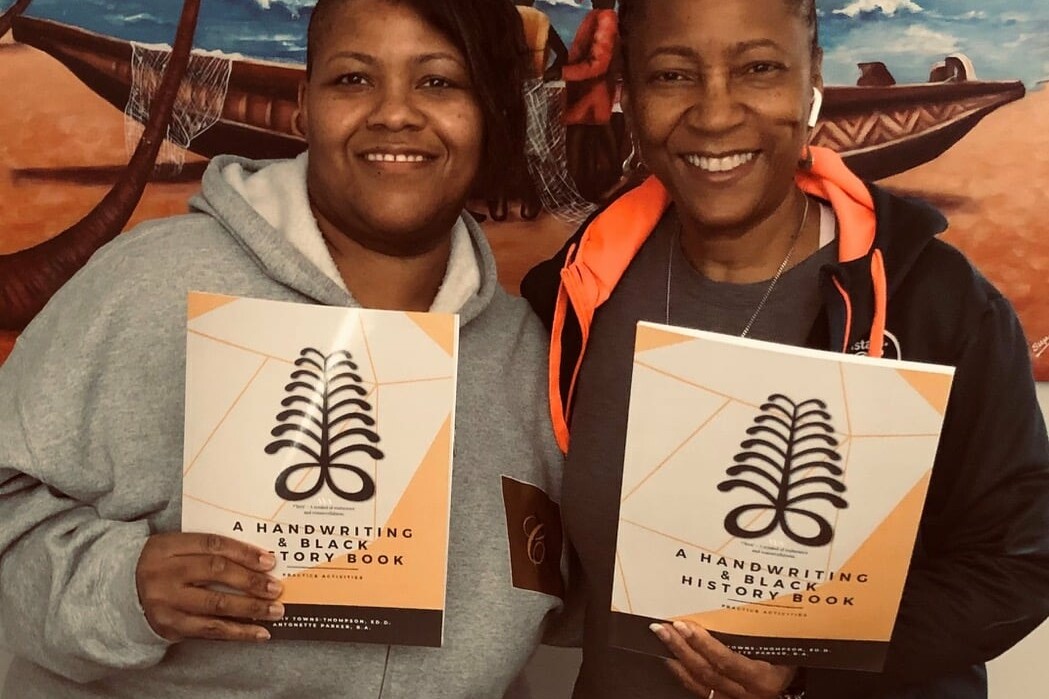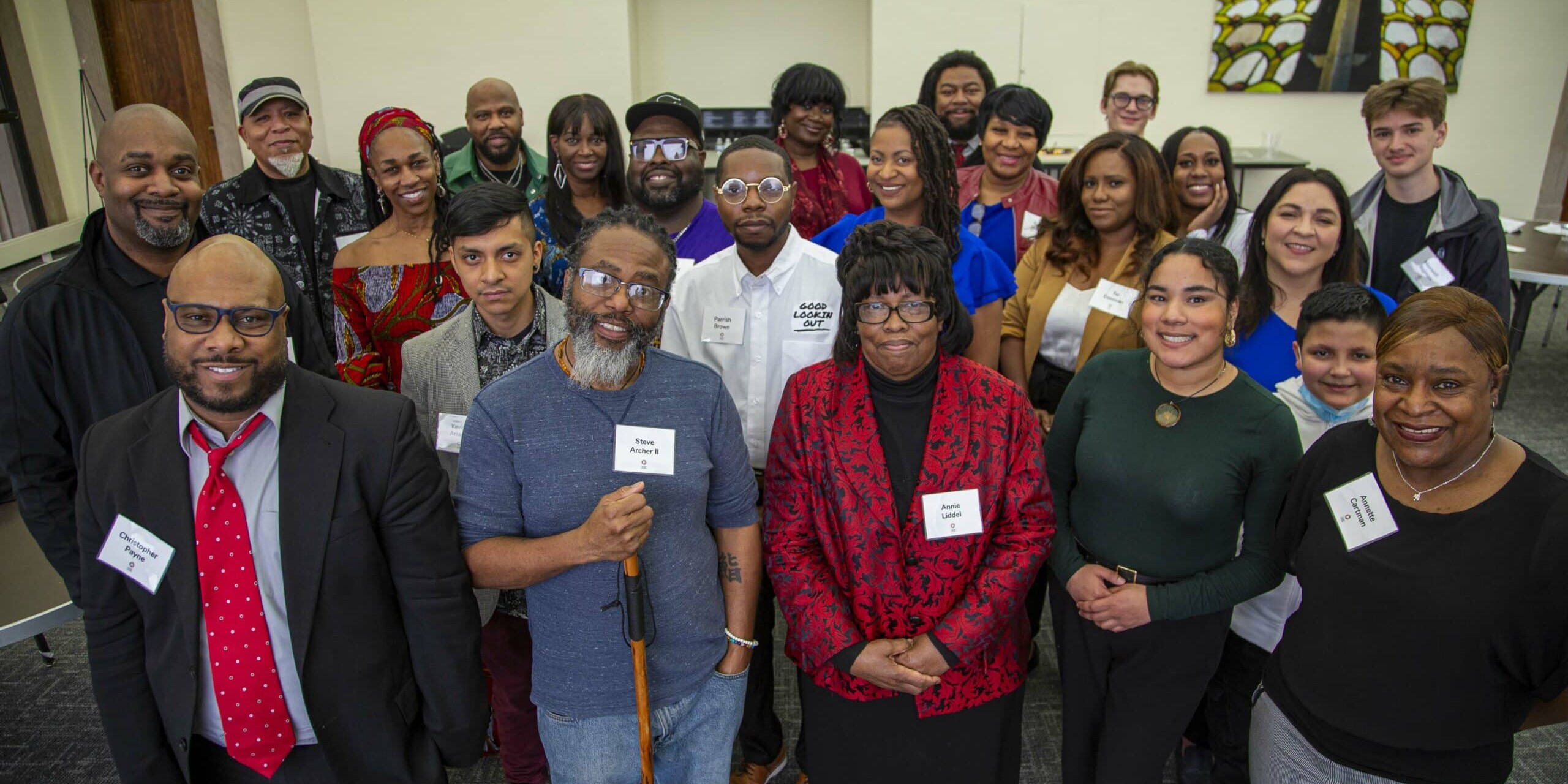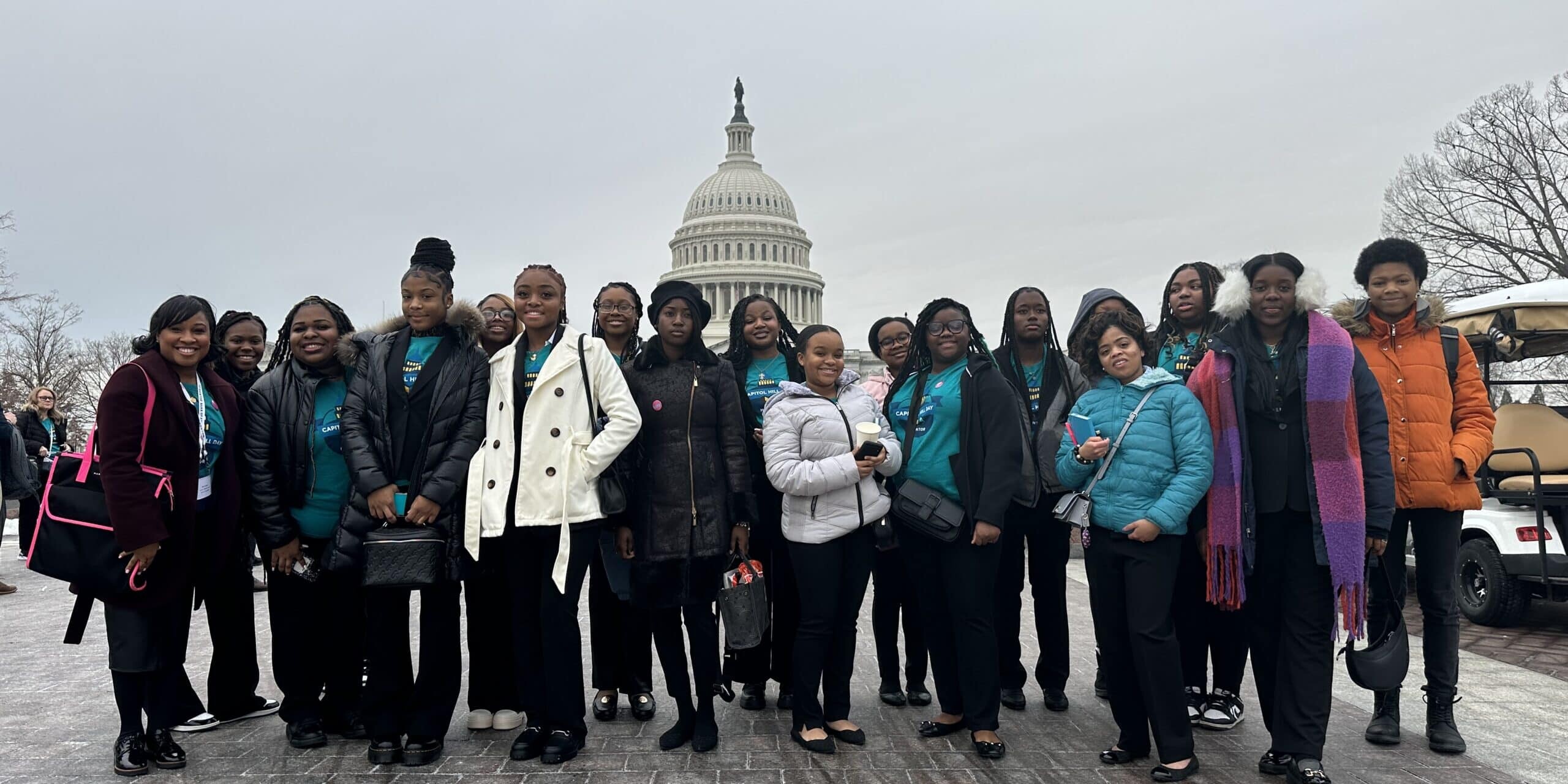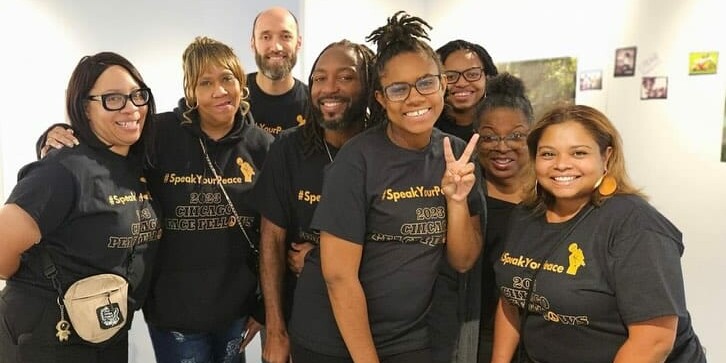2021 Chicago Peace Fellow, Dr. Dorothy Towns-Thompson and her daughter, Antonette Parker, a teacher, recently co-authored three books on Black history and handwriting for children of all ages. Dr. Thompson has over three decades of experience as an educator, alcohol, and drug prevention professional, administrator, and ordained minister and has used the skills she acquired community activist and teacher to author these books.
The books cover arts, social studies, and social-emotional learning. They also include a motivational word for each letter of the alphabet, a definition or explanation of the word, and historical locations and personalities. The author also focuses on the importance of inter-generational connections and the need for communication within families and schools.
A unique aspect of these books is their spotlight on cursive writing and handwriting as a way of inscribing and honoring Black history. Dr. Thompson stresses that the books are not only a step further in bridging the educational gap in our society, but also inform future action-oriented strides.
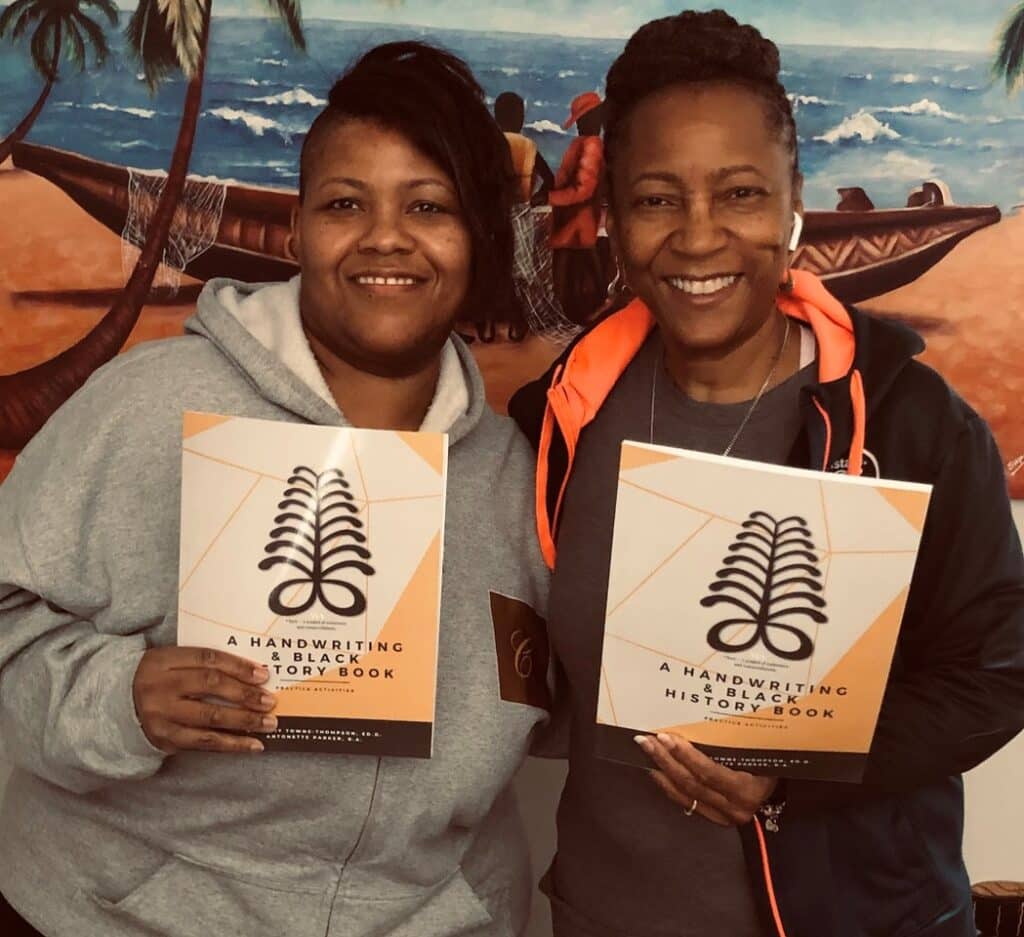
Flipping the Pages
The facts, photos, and biographies encourage youth to do more research on Black history once they read the books. Volumes 1, 2, and 3 of the books, released in February in connection with Black History Month, are for children of all ages, focusing on the experiences of Black people. “One reason I thought to write this is that I did not want just to have a book dealing with history or writing. My daughter and I also added inspirational messages. The book is divided into three volumes: primary, intermediate, and upper,” she elaborates. Each book cover has a distinctive color influenced by the Ghanaian Flag.
“The first Book is for primary students (Grades Pr. K – 2) and has a golden cover. It begins with “A stands for Africa,” with pictures on that page. It continues, “Africa is a continent, and America is a country.” We know that some children often cannot read books in the primary grades. Still, adults can read to them, drawing that emotional connection between the youth and adults.” She adds, “The African diaspora spans from sea to sea and connect. And, through the books, people can see the connection. “There is also a sense of unity in this,” Dr. Thompson added.
Book two is for intermediate students (Grades 3 – 5), and its color is green. It has the exact format followed by the book one, but the handwriting practice is in cursive. “To me, there’s a need to be able to use the pen and paper where students are learning cursive writing because many young people don’t know how to write in cursive. They have difficulty reading cursive.” She shares that cursive writing is helpful to learn because it not only helps younger people decipher others’ handwriting, but also it is usually helps them to write a little faster.
The third book is burnt orange, representing the red of the Ghanaian flag. Dr. Thompson explains that “This book serves students in upper grades or higher (6 and up), and each letter of the alphabet includes two noteworthy historical figures.” She further talks about how they chose specific people from the Black community while considering the goal of increasing connectedness and celebrating accomplishments: “You have famous Black people that people heard about like Dr. Martin Luther King, or Jennifer Hudson and George Foreman. But we also have people who were in art, or who were scientists. We have Eleanor Samuel, a scientist, and physicist. Or, the mathematician, Walter Mosley. ” Dr. Thompson explains that they wanted young people to see Black people who are historians, politicians, performers, and athletes too. “It varies. We picked different people who have contributed to the history of Black people.” The inter-generational connections are vital to her; she says adding they want to keep it going.
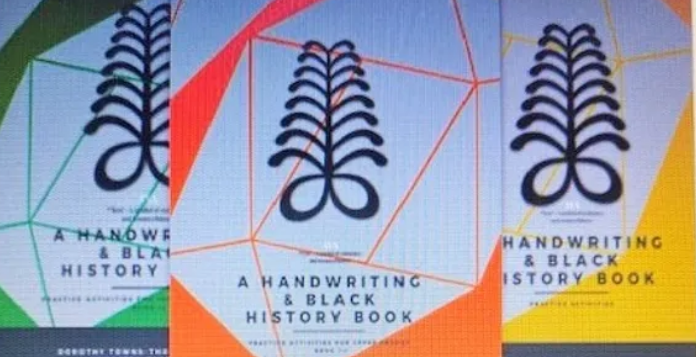
A Better Understanding of Black History
Dr. Thompson and her daughter also reflected on the relationship of their books with Black history overall when writing them. “A lot of times, young people, sometimes even people in general, do not see the connection between the relationship of Africans and African Americans. […]. Because of the history and slavery, and how we represent people from different parts of the world and continents.”
Dr. Thompson designed her books to highlight the need for people to see the rich history and how Africans and people from the African diaspora contributed not only to America but to various places worldwide. “Many times, young people and other people just see the negatives of Black people. That is why I say the book is not just for Black children, our children, or people in general. It’s just to show that contributions have been made and continue to be made by Black people.” She believes that having opportunities for communication within families or even in schools is so important. “I do not see my book only being used in schools. I see my book also part of family relationships.” she adds.
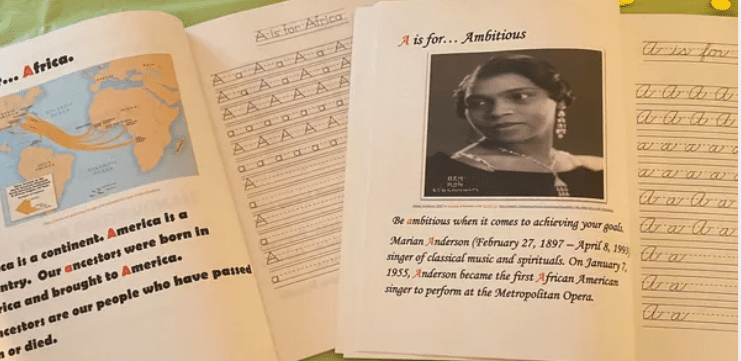
The Meaningful Mother-Daughter Cooperation
Dr. Thompson and her daughter Antonette adopted a division of labor concept as they collaborated on the book. “We selected different portions of what part of the book we wanted to manage. And then we came together to see what worked, what we should include, and how it should be shaped.” She emphasized her daughter’s work as a primary school teacher aided in their ability to communicate and collaborate as they both have experience working as educators. Further, she adds that this will not be their last cooperation. “Since we are focusing on anti-bullying, that’s one of the things that we are looking at creating a book for. We were ironing out some ideas. It would be another collaborative work.”
Check out their website for book signings and more on A Handwriting and Black History Book.
